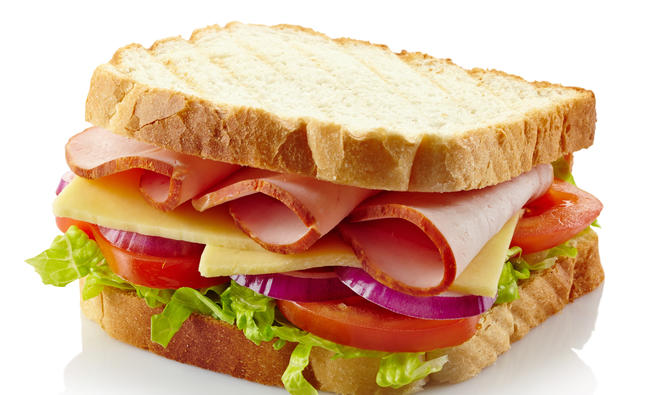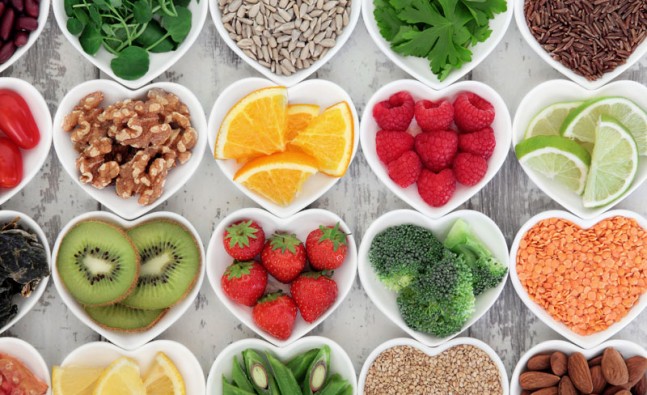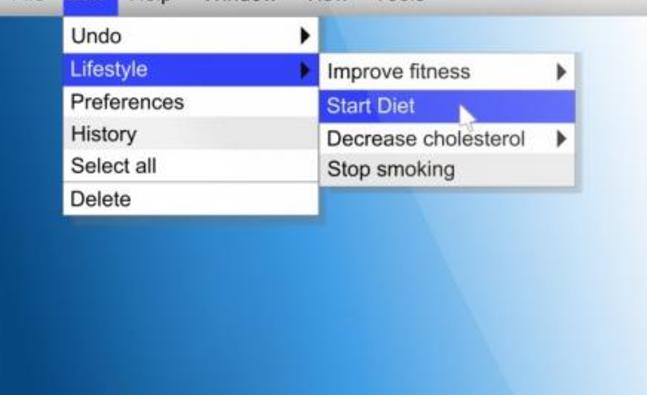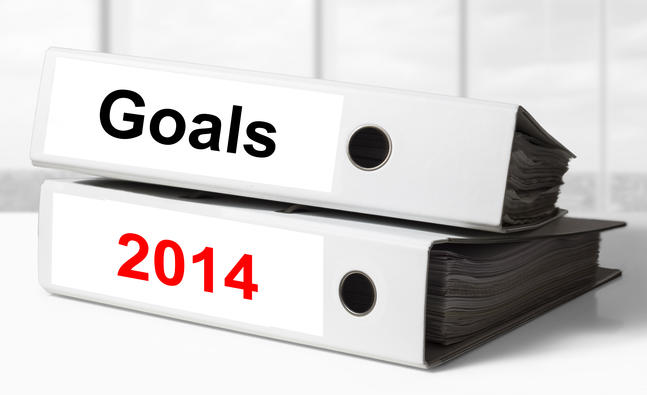Heres Everything You Need to Know About The 20/20 Diet (Including Whether It Works)
When we heard that a weight-loss plan created by Dr. Phil (yes, that Dr. Phil) was the top trending diet search on Google in 2015, we were, well, kinda shocked. The last time we checked, Phil McGraw, Ph.D., wasn't a registered dietitian. So how'd that happen?
We spoke with experts to break down the nuts and bolts of the plan and find out if it's legit. Here's everything you need to know, including whether it could work for you.
The Diet's Claim to Fame
The 20/20 Diet consists of eating 20 specific power foods that take a lot of energy to break down, which may increase your body's calorie burn rate and keep you fuller longer, says Ashvini Mashru, R.D., author of Small Steps to Slim.
In addition to providing eating regimes and recipe ideas, this slim-down strategy offers research-backed insights into why weight-loss goals go unmet—and includes the necessary fixes to help you reframe your relationship with food. You'll learn strategies, like how to tune into your body's legit hunger cues and adopt healthier habits that deter the ones that are getting in the way of your weight loss, like taking a route home from work that doesn't have your go-to take-out joint on the way.
How It Works
The diet consists of four phases. In phase one, the "five-day boost," you kickstart the process by only eating the 20/20 foods, which are: coconut oil, green tea, mustard, olive oil, almonds, apples, chickpeas, dried plums, prunes, leafy greens, lentils, peanut butter, pistachios, raisins, yogurt, eggs, cod, rye, tofu and whey powder. Recipes are provided, and you're to nosh on four meals, four hours apart, for five days. While the weight loss during this phase is mostly water weight—thanks to nixing processed foods, refined carbs, and sodium from your repertoire—the jumpstart will help motivate you to keep up the program, says Mashru.
In phase two, the "five-day sustain" program starts. At this point, you add new foods outside of the 20/20 list, including chicken breast, tuna, oats, brown rice, carrots, tomatoes, mushrooms, cashews, and blueberries. However, you have to make sure all meals and snacks include at least two 20/20 foods, says Andrea Cox, R.D.
Using the recipes provided in the plan, you continue eating four meals, four hours apart, for five days. From this point on, you may also indulge in one or two "sensible splurges" per week to avoid temptation, which shouldn't exceed 100 calories. Possible splurges include: Fourteen potato chips, two store-bought chocolate chip cookies, or a 4-ounce glass of red or white wine.
In phase three, or the "20-day attain" phase, you continue eating four meals, four hours apart, for 20 days, and are allowed one or two "sensible splurges" a week. During this 20-day period you can also eat new foods, such as avocado, raspberries, mushrooms, potatoes, spinach, quinoa, and black beans. The wider variety offers greater flexibility when planning meals, which can keep your palate satisfied and prevent you from rebelling, says Mashru.
If you've reached your goal weight by this time, you'll start the management phase. If you haven't, you repeat the three phases until you hit your magic number. When you're ready for the final stage, you continue the eating habits as outlined in phase three, while adopting the lifestyle habits necessary to make healthy weight a permanent part of your life, such as monitoring your weight and body measurements on the reg, and not letting your schedule (or emotions) interfere with how you eat or exercise, says Cox.
Dr. Phil provides different strategies to handle the dieting minefields—for example, ignoring a junk food craving by brushing your teeth (since we all know how nasty it would taste after doing so). Or, if you get the munchies when you're bored, keeping a list handy of quick tasks you can accomplish when that feeling strikes, such as folding laundry, paying a bill, or running an errand. And if your work wife wants to grab a bite after work, deciding what you're going to order before you hit the restaurant to ensure your meal complements your diet.
The Verdict: Is It Worth It?
It kind of depends. On one hand, The 20/20 Diet goes beyond nutrition and exercise and teaches you how to handle the lifestyle factors that impact weight loss, such as getting used to your new appearance and dealing with friends who try to steer you off track, says Cox.
When it comes to nutrition, "this diet can help you lose weight, thanks to the elimination of sugar and refined foods alone," says Cox. And if these types of foods continue to be cut from your diet, weight loss could be permanent, she adds.
Check out other weight-loss trends throughout history:
However, sticking to such a rigid meal plan—not to mention that whole eating every four hours thing—may be overwhelming for some, says Mashru. While it's not as restrictive as many of the fad diets on the market, you should still proceed with caution. "Any diet that has a start/stop date or instructs you to eat super-specific foods for a super-specific period of time is a red flag," says Mashru. "There are no phases or end dates to healthy living."
The diet also requires a ton of food prep and meal planning, which may not jive with your already packed schedule. The good news is that the 20/20 foods are nutrient-dense and would be a good addition to any healthy diet, no matter where you are on your weight-loss journey, says Cox.
-
I Lost 50 Pounds and Gained It All Back. Heres What Went Wrong.
This article was written by Kelly Burch and provided by our partners a
-
Stress and your metabolism
-
Eat more whole grains to lose weight
-
5 Reasons you may be a chronic dieter
-
Do weight loss mantras work?
-
Why Khloé Kardashian Doesnt Believe in Dieting—But Kim Does
The Kardashians may share the same DNA, but that doesnt mean they shar
- DON'T MISS
- Jenny McCarthys Weight
- How to Become A More “Normal” Eater
- How to Lose a Pound By Next Week
- 6 Bedtime Habits That Will Help You Lose Weight
- 5 Ways to Stay on Track for Weight Loss When You’re an Out-of-Town Guest
- Burn calories with butterfly sit-ups
- 10 FABULOUS MOTIVATIONAL WEIGHT LOSS QUOTES
- Adopt a backward strategy to losing weight
- The 25 WORST Diet Tips Ever
- If you eat or drink it, then write it down!




